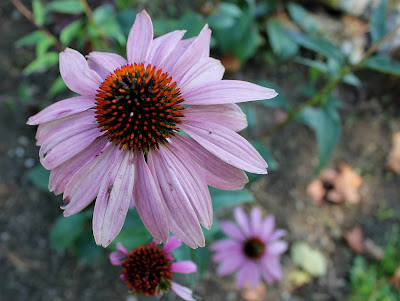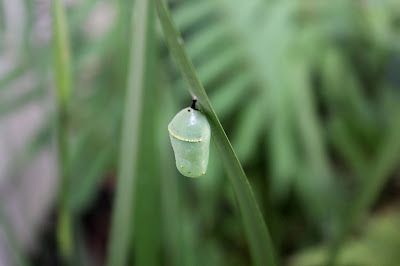Quick, tell me three happy things that happened this week. They
can be small or large, they just have to be something you noticed and took
pleasure in.
Surprisingly hard, isn’t it? It’s so much easier to remember
the trauma, the disasters and catastrophes, than it is to remember the quiet
little moments that actually make up most of our day-to-day lives. I wanted to
change that for 2022, and one of my solutions is the Happiness Jar.
Happy little things
I can’t take credit for the Happiness Jar. The original concept, which I’ve seen attributed to author Elizabeth Gilbert, is to jot down
one thing you’re happy about or grateful for every day and store it in a jar.
At the end of the year, read all the good things that happened to you over the
past 12 months.
I’m tweaking it a little. Instead of one thing every day,
which seems overwhelming to me (and not simpler), I’m going with a minimum
of one per week, with the option to put in more if I so choose. At the very
least, I’ll have 52 slips of paper, and that’s a lot of happy little things! Since
Jan. 1, there was one (rough) week where I had just one good thing to put in. But
last week, I already had two by Wednesday.
Focusing on recording the happy little things has made me
start to look for things to write down, and to schedule things to look forward
to. I think this is going to be the gentle nudge I needed to start planning a
few more simple pleasures and everyday adventures.
Another great thing about this practice is the happy little things can be really little…and they can (and should) be things that you find happy/uplifting/funny/awesome/fill-in-the-blank. This is a personal practice, intended for your eyes only.
As Liz Gilbert wrote, “In fact, my happiest moment each day
is usually just a glance of something sweet and small, an unexpected flush of
emotion, a bit of sun on my face, a pleasant encounter on the sidewalk, a cool
glass of water at just the right instant, the cat-like contentment after a nap,
a glimpse of a bird just out of the corner of my eye, a recognition of some
tiny lovely thing.”
I thought you might enjoy seeing this little project come together, so here are a few photos. You'll see I had a lot of “help.” I was lucky enough to have a bunch of cute papercrafts given to me by a friend that I could use to decorate my jar. And to jot down my happy little things, I’m using pages from a mini notebook someone else gave me. So much happiness and affection in this one small package!
 |
| The finished product |
Containing your happiness
Of course, you don’t need to buy or make anything special to
record the happy little things that happen. You can keep a journal of happy,
either handwritten or on your computer. You can take a photo of what brings you
joy and create a folder to keep the pictures in. You can look at your happy
little things every week, every month, once a year, or never. This is YOUR
happiness, and YOUR happiness jar should you decide to actually use a jar! There aren’t any rules! (
The point of the Happiness Jar is to pay attention to and record good things. We all have them, even in the depths of crisis and despair. Maybe this will help us hold onto them a little tighter.
How do you record happy little things? Please share in the
comments below. And do let me know if you decide to do a happiness jar of your
own!




















.jpg)


